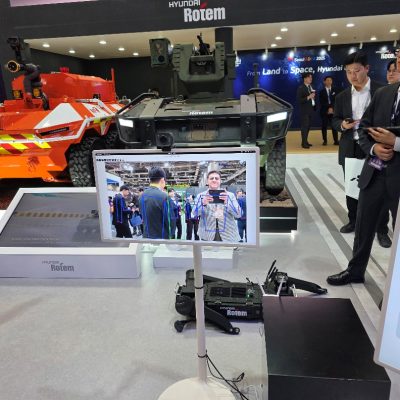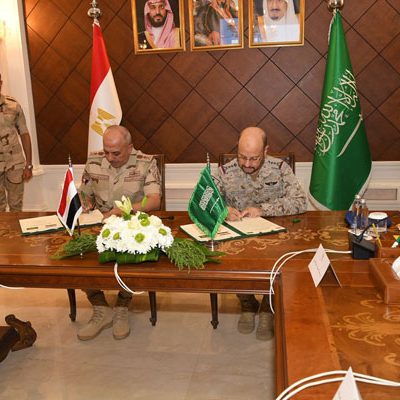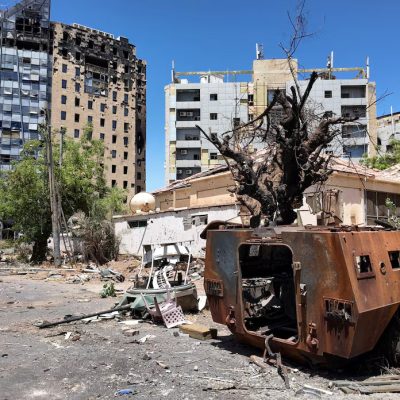In a time marked by geopolitical uncertainty and complex global problems, it’s more essential than ever to equip the next generation with the tools to manage conflict and make the world a more peaceful place. Simply teaching historical information or political doctrine is not enough. We must provide young people with a new skill set, one that promotes empathy, innovation, and resilience. This will be achieved through creative thinking (CT) and design thinking (DT). Far from being “artistic” activities, these processes present a powerful methodology for breaking down, understanding, and ultimately transforming grim conflict scenarios.
Matching CT and DT with the Youth Mindset
Creative thinking is the ability to look at problems from various angles and generate new ideas. It’s a question of breaking old patterns of thinking and embracing divergent thinking. For young people, it also means they are not just passive consumers of whatever occurs in the world but instead problem solvers who are active. When applied to conflict analysis, creative thinking allows them to:
Look beyond the headlines: Instead of accepting a single story at face value, they can imagine the different perspectives and human experiences behind a conflict.
Develop alternative solutions: They’re not limited by the traditional military or political options. They can imagine innovative, non-violent, and community-based avenues to peace building.
Develop empathy: By putting themselves imaginatively into the shoes of the people in conflict, they are able to develop a deeper appreciation of the human cost and complexity of a situation.
This is supplemented by design thinking with a structured, iterative process that aims to solve problems. It is a human-centered approach that begins with empathy. All five major phases of DT, Empathize, Define, Ideate, Prototype, and Test, are directly applicable to conflict analysis:
Empathize: Youth learn to explore and understand the needs, fears, and motivations of all parties in a conflict, not just one side. It’s all about deep listening and compassionate connection.
Define: They boil down their empathy research to define the problem they want to address. This moves them from broad notions like “end the war” to specific, actionable problems like “how do we create a safe space for conflicting groups to hold a discussion?”
Ideate: This is the idea generation phase, when they come up with a wide range of potential solutions without judgment.
Prototype & Test: They make physical, small-scale prototypes or blueprints of their solutions and test them with real users. This rapid feedback loop allows them to learn from failure and iterate their solutions, building a gritty and adaptive mindset.
In this process, young people move from theory to action. They learn that failure is not a cul-de-sac but a stepping stone to a better solution. This gives them confidence and a sense of self-efficacy, which allows them to believe that they can actually make a difference in the world.
CT & DT in Action: The ASHAP Initiative
The ASHAP project, “All Share Humanity and Peace,” designed by the author in 2028 in Japan, is a powerful example of the application of creative and design thinking to foster social contribution. While the project is not a particular, high-profile program, its values are a common and effective approach to youth empowerment.
Imagine a group of students going to an ASHAP workshop on a local community conflict, for example, over a public resource or public space. They would not be told what to think. They would be guided through the design thinking process:
- Empathize: They would interview people from all sides of the dispute, residents, business owners, local officials, to understand their individual perspectives, needs, and concerns.
- Define: The students would use their empathy maps to create a clear problem statement, for example, “How might we create a shared public space that serves both the business of commerce and the business of community gathering?”
- Ideate: They would come up with ideas, from a farmer’s market to a community garden or youth-led arts festival. They’d use creative brainstorming techniques like “How Might We?” questions to push their thinking.
- Prototype: They might make a model of the space out of craft materials, design a digital model, or even stage a mock event to test their ideas.
- Test: They would present their prototypes to community members, solicit feedback, and revise their designs based on the feedback they receive.
This process helps them realize there is no single “right” answer and that the most effective solutions are often co-designed with the communities they serve. They learn to value collaboration and understand that peace is not merely the absence of conflict but a state of well-being that is continuously designed and maintained for a community. Thus, they transform from being passive recipients of society’s problems into credible, creative, and objective agents of positive change. This fosters a mindset that is not only critical and analytical but also hopeful and proactive, shaping a generation capable of responding to the challenges of their world.
Dr. Hussein Zanaty, Japan September 23rd, 2025
ّIGSDA- Innovative Education, Training and Creative Thinking Board of Experts





